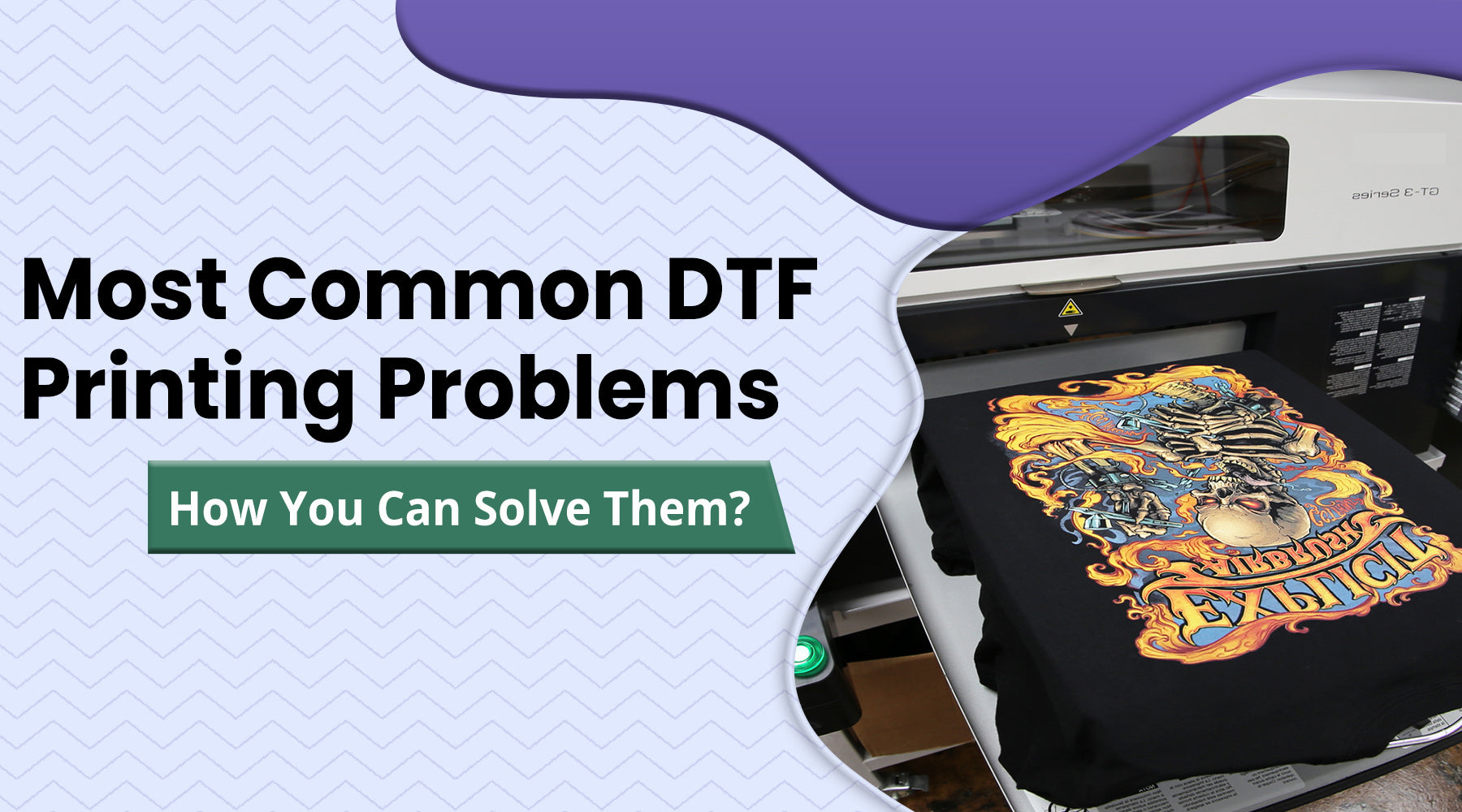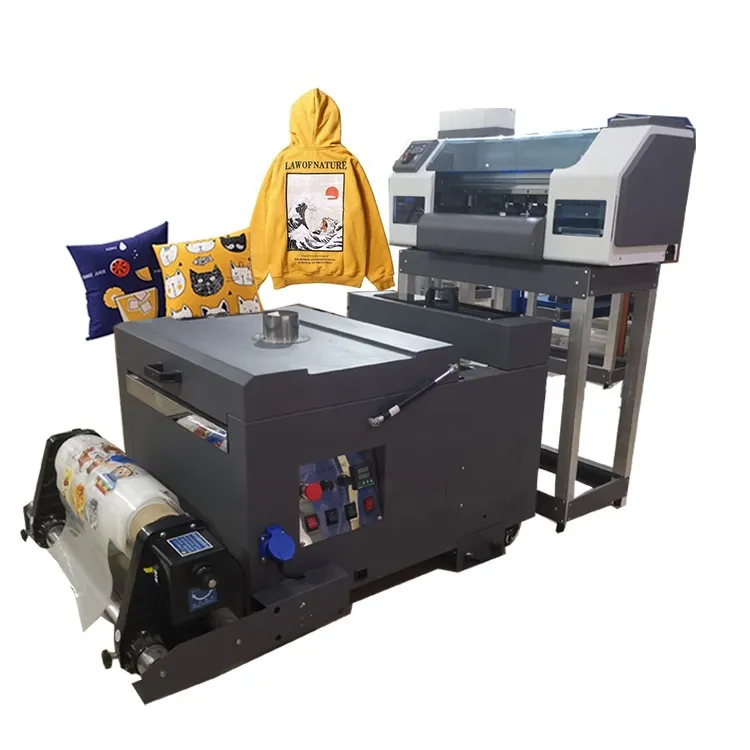A Deep Study DTF Printing: Techniques, Advantages, and Sector Applications
Understanding DTF Printing: Idea for Getting Vibrant and Durable Prints
In the world of fabric printing, achieving lively and durable prints is a desired ability that can boost the high quality of your result. Mastering DTF (Direct to Movie) printing requires a blend of technical expertise, accuracy, and focus to detail. From choosing the appropriate materials to tweak print setups and perfecting post-printing ending up techniques, there are many variables that can influence the outcome of your prints. Comprehending just how to browse these intricacies can make all the distinction in between an average result and a truly phenomenal one.

DTF Printing Basics
For those brand-new to the globe of fabric printing, comprehending the basics of DTF printing is important to grasping this innovative technique. Straight to Movie (DTF) printing is a contemporary method that involves moving styles from a special film onto various fabrics making use of a warm press. Unlike conventional methods like display printing, DTF provides advantages such as lively colors, complex detailing, and the ability to publish on diverse products like cotton, polyester, and blends.
The process starts by publishing the style on an unique DTF film utilizing a compatible printer with CMYK or CMYKW ink sets. As soon as the layout is printed, it is then treated with a heat press to develop a long lasting and long-lasting print. DTF printing is understood for its capability to reproduce complicated designs with high accuracy and color accuracy, making it a popular option for services wanting to develop customized garments, marketing things, and much more.
Picking the Right Materials

Similarly crucial is the choice of the adhesive powder. The adhesive powder acts as a bonding agent between the printed design and the fabric, so it must have strong bond properties to guarantee a resilient and lasting transfer. Different fabrics may require various kinds of sticky powders, so it is important to match the powder to the material type for optimal outcomes - DTF Printing. By meticulously picking the appropriate products for DTF printing, printers can improve the quality, vibrancy, and longevity of their prints.
Optimizing Publish Settings
When intending to attain the best results in DTF printing, careful focus to optimizing print settings is critical for guaranteeing premium and specific transfers onto textiles. One crucial aspect to take into consideration when optimizing print settings is the resolution.
While increasing the rate can enhance effectiveness, it might compromise the final print's quality and shade saturation. Exploring with various speeds and observing the results can assist identify the optimal setup for each print job.
Additionally, make improvements color profiles and ensuring appropriate color monitoring are crucial for attaining accurate and consistent colors across different prints. By calibrating color setups and accounts, printers can reduce shade discrepancies and create uniform outcomes, enhancing the overall print More about the author quality and client satisfaction.
Preparing Artwork for DTF Printing
To ensure ideal cause DTF printing, thorough interest to information is necessary when preparing artwork for transfer onto fabrics. Begin by selecting high-resolution photos to maintain clarity and intensity in the last print. Vector graphics are chosen as they can be conveniently scaled without losing quality. Transform the artwork to CMYK color mode to make certain that the colors convert precisely from display to print. Change the shade levels and comparison as needed to boost the vibrancy of the style. When including text to the art work, choose typefaces that are suitable and clear for the desired size. Bear in mind to mirror the final style prior to printing to make sure that it moves properly onto the garment. In addition, consider the material kind and color when choosing the art work, as these factors can impact the last look. By following these steps and paying attention to the information, you can prepare artwork that is enhanced for vivid and durable DTF prints.
Post-Printing Finishing Techniques
Carrying out reliable post-printing ending up strategies is essential to improving the toughness and aesthetic allure of DTF prints on textiles. Once the printing process is complete, applying warmth to the published layout is essential (DTF Printing). Heat not just help in curing the ink however additionally ensures that the shades are long-lasting and dynamic. A warmth press maker evaluated the advised temperature level and pressure settings can help attain ideal outcomes.
Once the film is gotten rid of, the print may call for additional treating time to further establish the ink into the material. This action helps enhance the washability and toughness of the print, ensuring it can stand up to multiple laundry cycles without fading or cracking.
Furthermore, cutting any excess movie around the layout can provide the final print a tidy and professional look. Making the effort to properly complete DTF prints post-printing can considerably influence the general top quality and longevity of the textile style.

Final Thought
To conclude, grasping DTF printing calls for a comprehensive understanding of the essentials, picking appropriate materials, enhancing print setups, preparing art work effectively, and using post-printing completing methods. By adhering to these tips and tricks, one can attain vivid and durable prints that satisfy their preferred quality requirements. Constant technique and focus to information are important in accomplishing successful results in DTF printing.
From selecting the right products to make improvements blog print setups and developing post-printing finishing strategies, there are numerous factors that can affect the end result of your prints. Unlike conventional techniques like screen printing, DTF provides advantages such as vibrant colors, intricate describing, and the capacity to publish on varied materials like cotton, polyester, and blends.
As soon as the style is printed, it is then cured with a heat press to develop a sturdy and durable print.When aiming to achieve the best outcomes in Website DTF printing, thorough interest to enhancing print settings is crucial for ensuring top notch and accurate transfers onto textiles.In conclusion, understanding DTF printing requires an extensive understanding of the basics, choosing appropriate materials, enhancing print settings, preparing art work successfully, and utilizing post-printing ending up techniques.